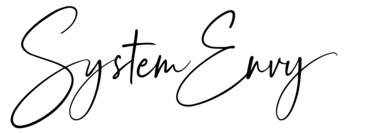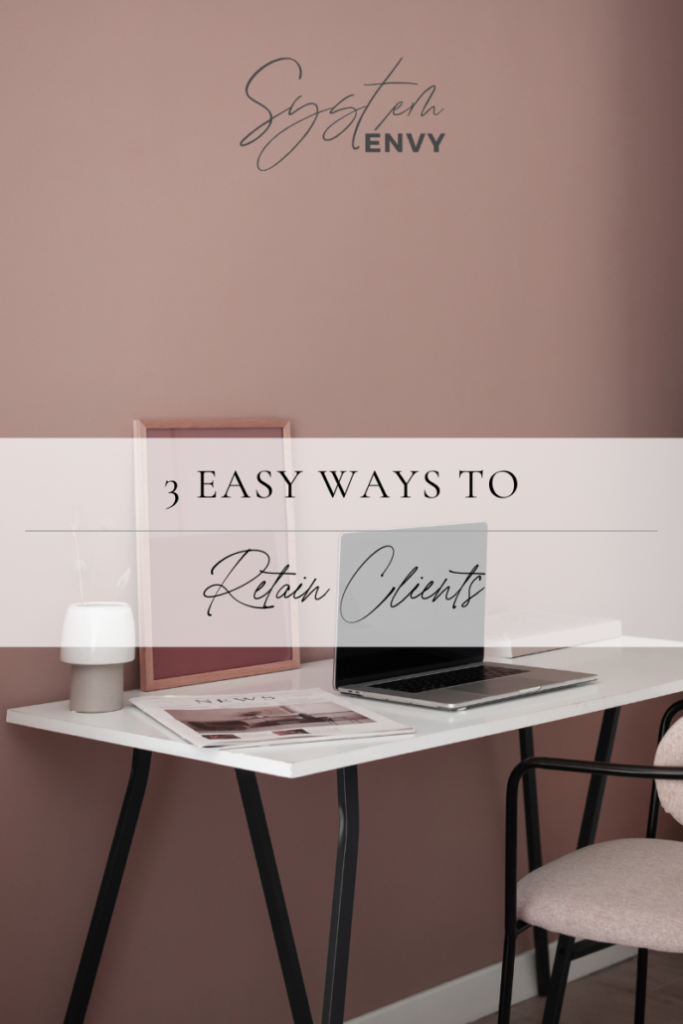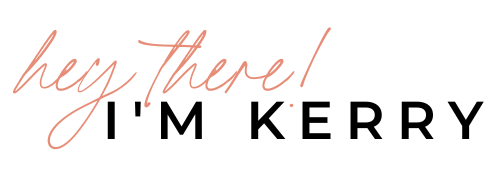
Do Podcast Ads Work?
Over the years, we’ve been able to work with clients on countless course launches, membership programs, product offers — you name it. Essentially, we’ve been able to see our clients make these massive, massive moves (with the help of Facebook ads), and it’s been, quite simply, the BEST.
Lately, though — while we’ve still been doing lots of launches, memberships, and offers — we’ve also been supporting clients on their podcasts. In fact, several System Envy clients have top worldwide podcasts (casual!), and we pretty regularly get asked about podcast ads from our audience.
So, here’s to the big question we’ve been getting lately: “do podcast ads work?”
Short answer: yes.
Long answer: let’s talk about it.
Podcast ads work if you do them right
A consistent ad strategy can lead to hundreds of thousands of clicks to and subsequent downloads of your podcast — and when they’re done right, you can typically count on a cost-per-click of under $0.10, a high clickthrough rate of 10% or more, and a cost-per-download average of around $0.60.
And, here’s why: if you run consistent podcast ads, you’re able to boost your most valuable content in a purposeful, impactful way — leading to new listeners, a more engaged audience, and, in turn, more earnings because of that podcast of yours. Plus, you can use your podcast to align with your business offers in themselves — and use your podcast ads audiences to retarget any of your aligned offers, too.
Win, win, win.
How to build a podcast ads strategy
When you’re running ads to your podcast, there are a few things we’ve found that really do work for maximum effect:
- Keep it timely: You can reuse and re-promote old episodes, but make sure that this isn’t your focus! The more timely — AKA, new episodes, please! — the better, especially when it comes to building a highly engaged audience.
- Video works well: We really recommend recording your podcasts live, and then utilizing snippets to run ads. We’ve seen great podcast ad success by showing audiences an inside look, pulling small teaching moments, and sharing the funniest pieces of an episode.
- Run multiples in a cycle: With our clients, we’ve noticed the biggest success — and ROI — by running multiple videos (3-4 at a time, typically) for about a weeklong cycle. Then, within that cycle, you can A/B test everything from video length to copy to see what’s really working and what’s not.
- Keep track: There’s nothing more important (well, besides testing) than keeping track of your ads, consistently taking note of your findings, and reporting final numbers. Don’t leave this step out, okay?!
So, my podcast pals, here’s your job: run some podcast ads! They’re easy to start, low-cost to run, and maximally effective with the right strategy — and you will grow your podcast with ‘em.
Ready, go!

















